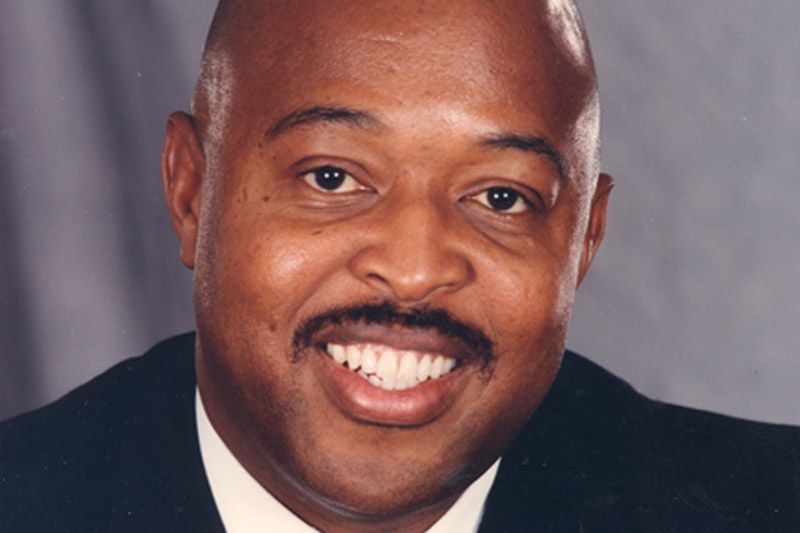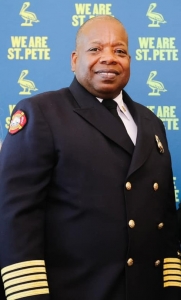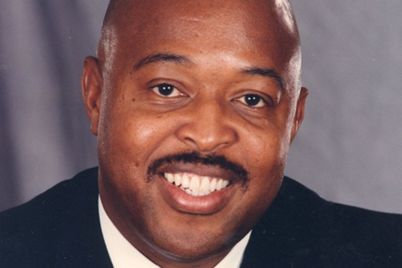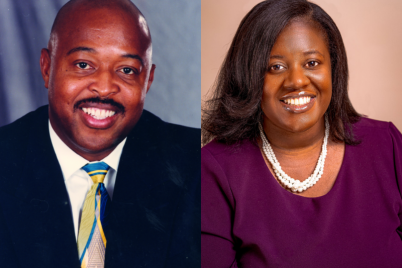‘Where is the “Watts Plan?” Where is your written, codified approach to correcting the ills you witnessed and the implementation of the management study recommendations?’
BY GOLIATH J. DAVIS, III, Ph.D. | Contributor
ST. PETERSBURG — In my previous commentaries regarding the lack of Black firefighter appointments to higher ranks in the St. Petersburg Fire Department, I wrote that individuals on the promotional lists are qualified based on the fact that they are on the list. Additionally, individuals have been elevated in rank by appointment to exempt positions without taking promotional examinations. Chief Keith Watts’ selection as assistant chief and ultimately chief of the fire department is an example.
I noted these facts in anticipation of what I knew would be a rationale for the current situation. In other words, I fully anticipated some would argue that Blacks were not promoted because others were “more qualified.”
The more qualified argument is a longstanding one and carries with it so many institutional race and gender related misconceptions and absurdities. For example, some in our society believe the very status of being Black or female connotes less qualified or incompetence. However, when we examine public safety institutions (police and fire) as well as others in our society, we find that many of these beliefs have been institutionalized for decades, requiring constant struggle.
The history of the St. Petersburg Fire Department regarding inclusion is well-documented, and with the appointment of its first Black chief on December 6, 2024, many hoped it would mark the dawn of a new era. Having served as the administrative assistant chief with promotional testing and other duties since 2018, Chief Watts has had a bird’s eye view of all that ails the organization and access to management studies that document the same.
The St. Petersburg Branch NAACP president made a public records request for Black and female test scores, and once released, some joined the “more qualified” chorus, given that their scores in some cases were lower than those of their white counterparts. But it must also be noted that in many cases, the internal opportunities afforded to whites are not afforded to Blacks as a whole. For example, opportunities to act as supervisors, sit on key internal and external committees, attend training seminars, etc., are not equably allocated. All are important in candidate development and preparation for greater responsibilities.
Mentorship is also essential. However, given the lack of Black representation in the higher ranks of the organization, Black supervisors are not readily available to mentor the young, aspiring firefighters who desire upward mobility. I will not summarily dismiss the possibility that some white fire officers have served as mentors, but Black role models would undoubtedly be an asset.
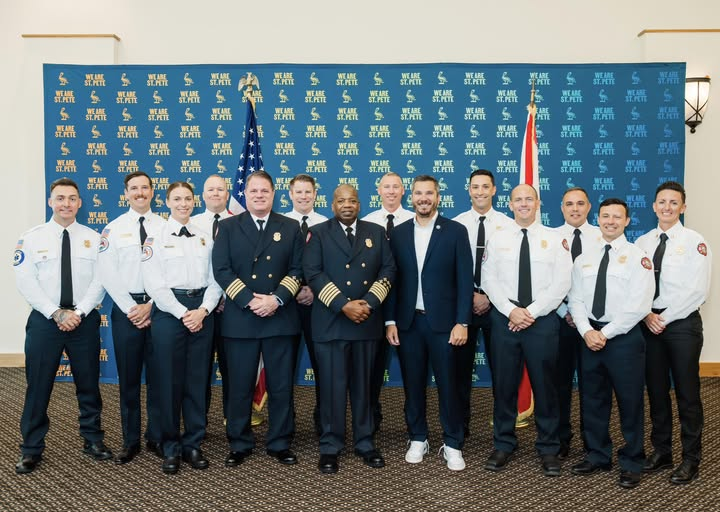
‘I feel confident the NAACP realizes opportunities may have been missed in this round of promotions, and Chief Watts has been put on notice to do what he espoused when he sought support from so many for his appointment to the position of the city’s first Black fire chief.’
Blacks are employed in fewer numbers, yet there is an expectation that all Blacks should seek promotion, ignoring eligibility requirements and the fact that, like whites, the total Black population may not desire upward mobility. Therefore, it is incumbent on management to ensure that those who are interested are encouraged, supported, and elevated when opportunities arise. Few realize the burdens Black people bear in public safety and other organizations where representation has been lacking. In addition to the day-to-day job requirements and challenges, they are also the hopes and aspirations of a larger community that lives vicariously through them.
I have heard the puzzled voices that question a statement from the NAACP, which reads in part: “We do not seek promotions based on race or gender . . .” Given that the NAACP is a civil rights organization, some, in my opinion, are of the mistaken impression that the organization is abandoning its mission of racial equality. However, as a life member of the organization, I assure them this is not the case and implore them to read the second part of the statement, which asserts: “…we seek systems that ensure all individuals have the tools, mentorship, and access to become qualified and competitive…”
I feel confident the NAACP realizes opportunities may have been missed in this round of promotions, and Chief Watts has been put on notice to do what he espoused when he sought support from so many for his appointment to the position of the city’s first Black fire chief. The real issue is not that some are more qualified, but rather some are more exposed, nurtured, and prepared by the opportunities afforded them. The presence of Black and female individuals throughout the ranks is the best evidence of an organization’s commitment and must be sought and their presence is the most compelling indicator.
Chief Watts, I am told you have things you want to do that were not possible during the last administration. Well, you are the chief now. Where is the “Watts Plan?” Where is your written, codified approach to correcting the ills you witnessed and the implementation of the management study recommendations? The community awaits your roadmap to the inclusion and equity you committed to bringing if appointed.
Regarding promotions, promotional training, and the elevation of Blacks and women in your organization, I refer you to the police department. Chief Holloway and his predecessor, Chief Harmon, both successfully built upon the values, practices, and promotional systems that changed the face, culture, and representation at all levels in the St. Petersburg Police Department. They utilized the skills and talents of their “best and brightest” to do so. By your own admission, you have talent in your organization that can make your vision become a reality. You need only tap into that talent and forge a new course.
It’s your move, Chief Watts.
Dr. Goliath Davis is a former St. Petersburg police chief and deputy mayor who advocates for education in Pinellas County, focusing on Black student achievement.

